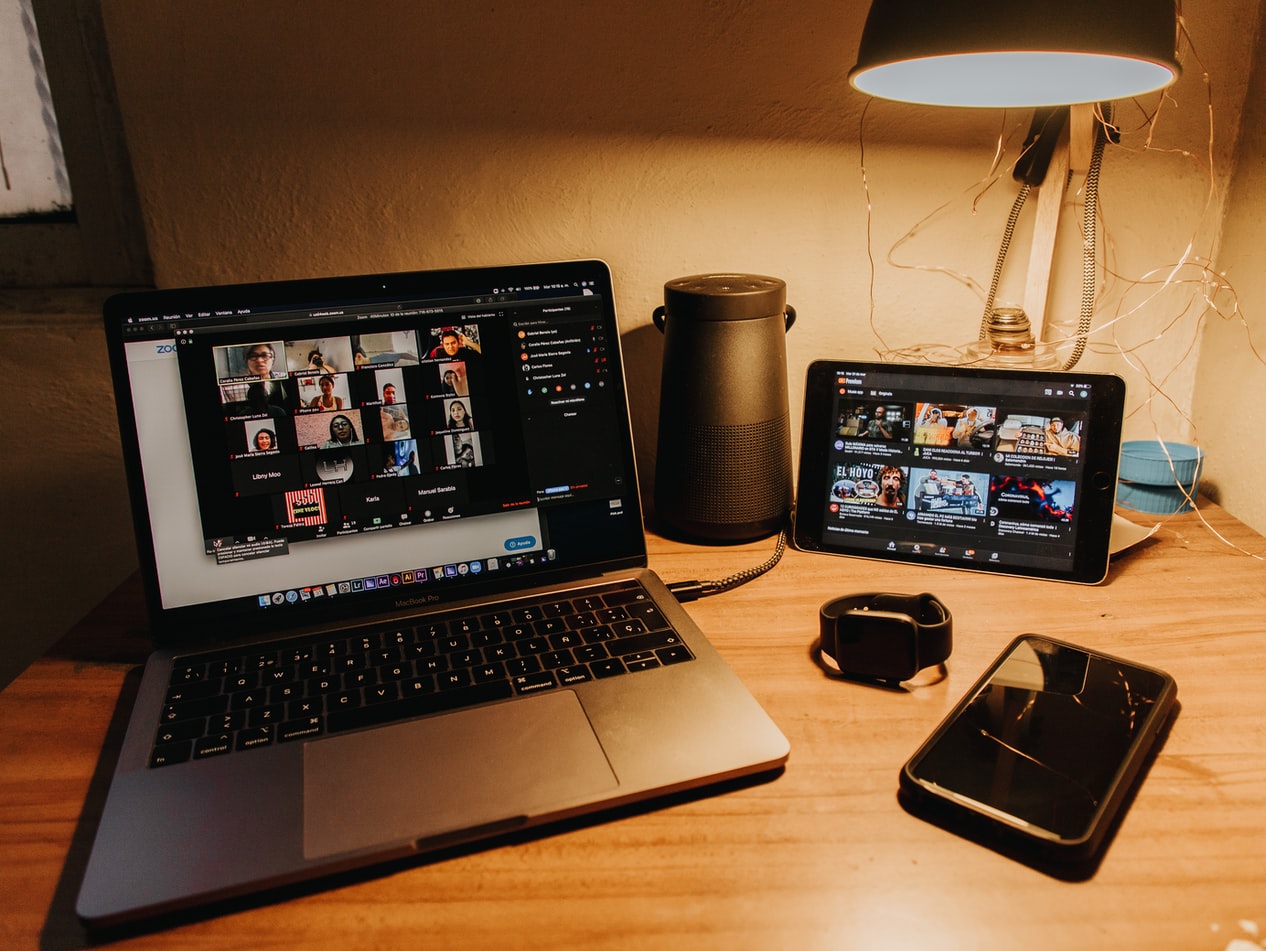As things continue to move quickly on the coronavirus communications front, Golin’s COVID-19 Working Group remains focused on tracking trends and anticipating evolving needs from our clients, especially when it comes to communicating with employees.
Our Employee Communications and Engagement Team continues to receive questions on how best to communicate to employees during this time of change.
Here are the top trends we’re seeing in the employee space this week:
- Employee communications teams have shifted into overdrive, pushing to provide prompt, accurate and frequent updates to internal audiences in an unpredictable environment while also defending long-term business targets. We’re getting a lot of questions on how to do it right. Our recommendation is to remember the basics of employee communications and to ensure you are placing as much importance on your people messages as those getting shared to the public.
- Media continue to seek stories from employees who are furloughed/laid off or unhappy with current working conditions, but we’re also seeing a desire to produce feel-good, human interest stories that feature employees manning the frontlines across industries (including those beyond healthcare). To get ahead of the trend, organizations should begin to identify and share “everyday hero” stories to recognize frontline employees on internal and owned channels. Ladder content up to company values to continue to remind your people what you stand for and commend efforts to get it right.
- Companies continue to adjust policies and ways of working to meet the changing needs of employees, particularly for frontline workers. As essential employees from garbage collectors to grocery workers voice demands for improved conditions, organizations are increasing workplace safety practices and sprucing up benefits like hazard and sick pay.
- We’re hearing about China’s uptick in the healthy living conversation as folks return to work and public life. For employees, at least immediately, those conversations focus on balance and mental health. Companies can begin building in more intentional practices and policies in this space to support their people during a time of need.
- Start building plans to return people to work in an orderly, productive and safe way so they are ready for execution once the curve flattens. Assume that employees will expect adjusted ways of working – and that businesses will require it.
*If you have questions or are seeking counsel, please reach out to Carla Keppler at [email protected].

